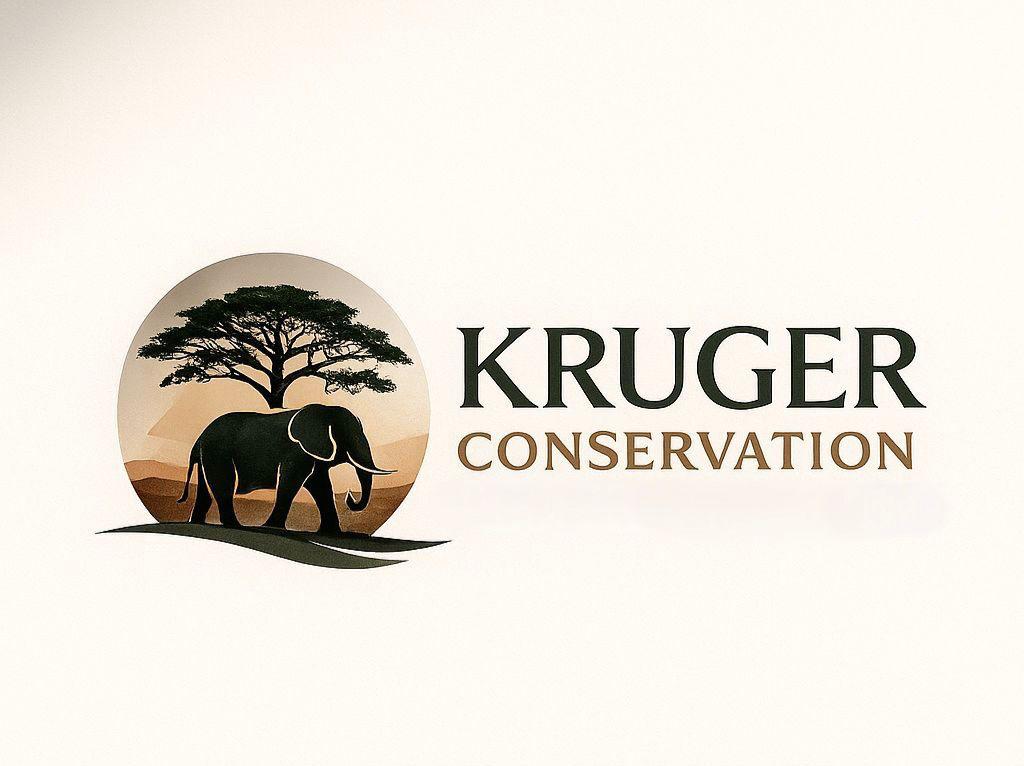The Silent Heroes of the Greater Kruger Region - A Day Without Dung Beetles
- krugerconservation

- 4 days ago
- 3 min read
Imagine a hot morning in the vast plains of the Greater Kruger Region. The sun beats down on golden grass, birds trace patterns across the sky, and distant elephants trumpet their presence. Everything seems calm, orderly; but beneath the grass, a silent catastrophe is unfolding.
Without the tireless dung beetles, this landscape would descend into chaos in just a few weeks. Picture every elephant, buffalo, or antelope dropping its dung and leaving it unprocessed: sticky, foul-smelling mounds attracting flies and parasites, suffocating young plants, and depriving the soil of vital nutrients. The very heart of the savanna: its resilience, fertility, and life would begin to crumble.

Who Are These Tiny Heroes?
Dung beetles (family Scarabaeidae) are small but incredibly industrious insects. Africa is home to over 4,000 species, many of which specialize in feeding on the dung of herbivores (https://www.su.ac.za/en). In South Africa alone, about 650 species have been recorded, with roughly 70% being tunnelers that bury the dung deep in the soil (https://horizon.documentation.ird.fr/exl-doc/pleins_textes/divers16-06/010067452.pdf?utm_source). Picture: https://www.nhm.ac.uk/discover/how-dung-beetles-keep-the-world-clean.html
Their Superpowers: Saving the Savanna
Nutrient Recycling: Every dung pile they bury returns nitrogen and other essential nutrients to the soil. Without beetles, up to 80% of nutrients could be lost to the atmosphere https://horizon.documentation.ird.fr/exl-doc/pleins_textes/divers16-06/010067452.pdf?utm_source).
Pest Control: By burying dung before flies and other insects can use it as a breeding ground, dung beetles dramatically reduce pest populations, improving ecosystem health (https://www.su.ac.za/en).
Seed Dispersal: Some beetles inadvertently carry plant seeds underground, aiding germination and contributing to vegetation diversity (https://repository.up.ac.za/server/api/core/bitstreams/51d3f40a-9776-467e-bf45-458a41292f21/content). They are, quite literally, the unsung landscapers of the savanna.
A Day Without Dung Beetles – Greater Kruger in Crisis
Let’s take a hypothetical day in the Greater Kruger Region without dung beetles. Within hours, elephant dung sits untouched, rapidly colonized by flies and other parasites. Soil fertility begins to decline, young grasses struggle to grow, and nutrient-poor patches appear across the landscape. Herbivores find less nutritious grazing, predators face weakened prey, and the delicate balance of the ecosystem teeters.
In just a few weeks, what was once a vibrant, thriving savanna could become a patchwork of degraded soil, overrun by pests, and struggling vegetation; a stark reminder that small creatures can have enormous impact.


Comments